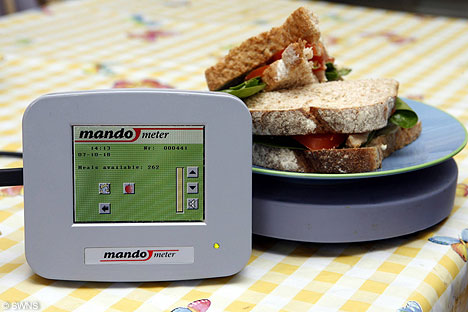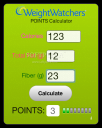Device Reteaches us How to Eat
Friday, January 8th, 2010Eating too fast and not taking time to feel how full you are (satiated) can lead to overeating. Enter the Mandometer, a computerized scale that monitors weight changes in your plate of food during eating to advise on consumption speed and to send prompts asking you to pause and check for feelings of fullness.
And it appears to work. According to a post on Scientific American:
“In a study published January 5 in the British Medical Journal, participants who received Mandometer assistance for one year lost significantly more body mass index (BMI), which is a measure of weight based on height, than those who did not. In fact, the Mandometer group, but not the control group, achieved the reduction in BMI that the authors had previously determined was necessary to lead to a difference in body composition and metabolism. ”
The device used under clinical supervision is also being applied to retrain those with eating disorders. Watch a demo video here.










